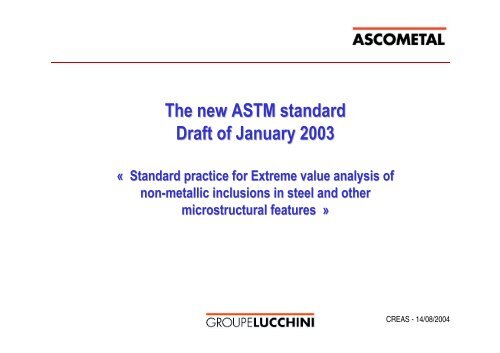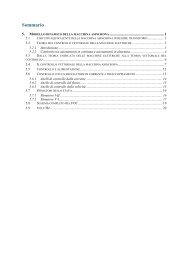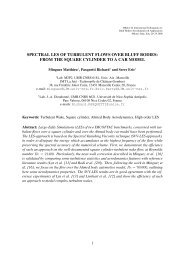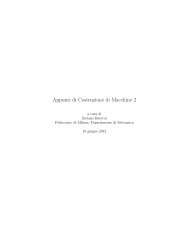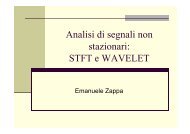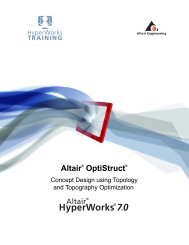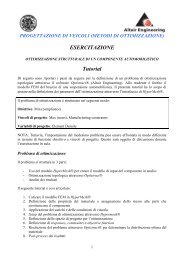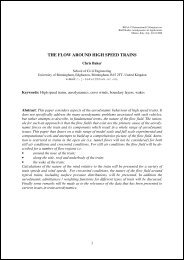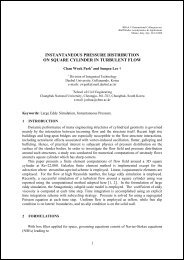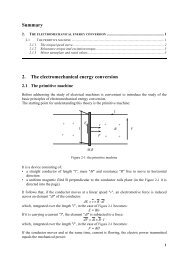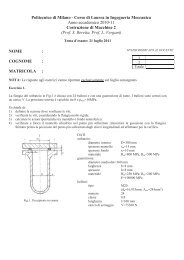The new ASTM standard Draft of January 2003
The new ASTM standard Draft of January 2003
The new ASTM standard Draft of January 2003
Create successful ePaper yourself
Turn your PDF publications into a flip-book with our unique Google optimized e-Paper software.
<strong>The</strong> <strong>new</strong> <strong>ASTM</strong> <strong>standard</strong><strong>Draft</strong> <strong>of</strong> <strong>January</strong> <strong>2003</strong>« Standard practice for Extreme value analysis <strong>of</strong>non-metallic inclusions in steel and othermicrostructural features »CREAS - 14/08/2004
Remarks about method.• 1 - Difficulties to set up the method– Long and expensive preparation (3 rectifications + 4 polishings after cuttingsamples),– long measurement time (6 hours for each heat with manual method).• 2 - Difficulties to characterise TiN with automatic method– difficulties to define an automatic threshold with a black and white moviecamera.• 3 - <strong>The</strong> method is more discriminating than the other current method– 3600 mm² are observed / 1200 mm² according to E45 method.• 4 - <strong>The</strong> volume in the sample is low to characterise bearing steels.– It ’s necessary to define the limits <strong>of</strong> the method to discriminate the heats bygrade types according to their applications.CREAS - 14/08/2004
Questions / propositions.• Do we have to distinguish the different inclusion populations?– Yes, if they have different inclusion distribution functions,– But, <strong>of</strong>ten, it’s not possible to distinguish them by optical observation.• Is the inclusions characterisation, in the longitudinal direction, the most adapted one to estimate thefatigue properties?– It depends on the solicitation mode. In certain cases, it is more judicious to make measurementsin the cross direction.• Is it necessary to use an image analyser for the SEV method?– Measurements must be made to determine the most effective method.• Is it possible to analyse 24 samples simultaneously by image analysis?– Which means it would be possible to have a faster method,– And no statistical restriction.• What must the inclusion detection limit be?• Choice <strong>of</strong> measured product sample (area reduction)CREAS - 14/08/2004
Questions / propositions..• How can the alignments be considered?– In the <strong>standard</strong>, we measure the biggest inclusion.– Determination <strong>of</strong> a minimal distance according to the in-service properties.• How to consider bi-phased inclusions? Must we distinguish them???CREAS - 14/08/2004
Example on 100Cr6 samples4.003.00OxidesTiN-ln(-ln(T-1)/T)2.001.000.00-1.00-2.00Aberrant valueCM995_oxideCM995_TiNCM996_oxideCM996_TINLinéaire (CM995_oxide)Linéaire (CM996_oxide)Linéaire (CM995_TiN)Linéaire (CM996_TIN)0 5 10 15 20 25 30 35sqrt(area), µmCREAS - 14/08/2004


